A ball valve is a type of valve that uses a spherical ball with a hole or port in the center to control the flow of fluid. It is a quarter-turn valve, meaning that it can be opened or closed by rotating the ball 90 degrees.
How do ball valves work?
The ball inside the valve has a hole, known as the bore, through which the fluid flows when the valve is open. When the ball is rotated so that the bore is aligned with the flow path, the valve is in the open position, allowing the fluid to pass through. Conversely, when the ball is turned perpendicular to the flow path, the bore is blocked, and the valve is closed, preventing the flow of fluid.
Material of ball valves
Ball valves can be made from various materials, each offering different properties and suitability for specific applications. Stainless steel ball valves are known for their excellent corrosion resistance and durability. They can withstand high temperatures and pressures, making them suitable for a wide range of applications, including chemical processing, oil and gas, and marine environments. Brass ball valves are widely used due to their affordability, good corrosion resistance, and suitability for low-pressure applications. They are commonly used in plumbing and general-purpose applications. For PVC ball valves, they are lightweight, affordable, and resistant to chemicals. PVC ball valves are commonly used in applications involving water, acids, and corrosive fluids. Many ball valves for water are made of PVC. Apart from the material of ball valves mentioned above, there are ball valves made of brass, carbon steel, etc. on the market.
Types of ball valves
Ball valves can be classified based on various factors, including the design, construction, and functionality. Based on functionality, ball valves are classified into full-bore ball valves and reduced-bore ball valves. In terms of the reduced-bore ball valve, The bore of the ball is smaller than the pipeline, resulting in a reduced flow area and slightly higher pressure drop. For the full-bore ball valve, the bore of the ball has the same diameter as the pipeline, allowing for unrestricted flow with minimal pressure drop. Many high-pressure ball valves feature a full-bore design. This allows for unrestricted flow and minimal pressure drop, which is particularly important in high-pressure systems.
Based on the design, ball valves have three kinds of structure. Inside the floating ball valve, the ball is not fixed in place and moves freely to seal against the valve seats. However, the ball inside the trunnion ball valve is supported by trunnions, which reduce operating torque and provide additional stability for larger sizes or high-pressure applications. Concerning the V-Port ball valve, the ball has a V-shaped bore, allowing for more precise flow control.
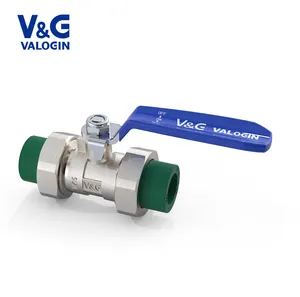
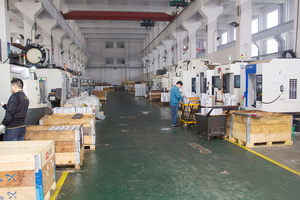

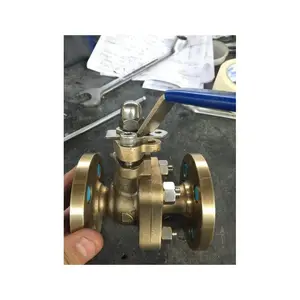






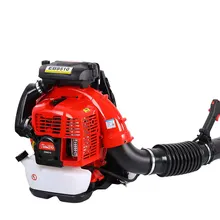
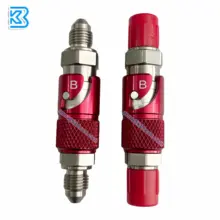
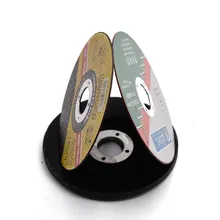
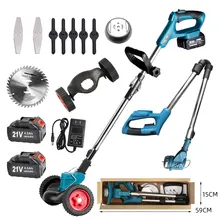

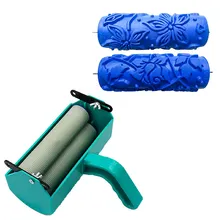



























 浙公网安备 33010002000092号
浙公网安备 33010002000092号 浙B2-20120091-4
浙B2-20120091-4